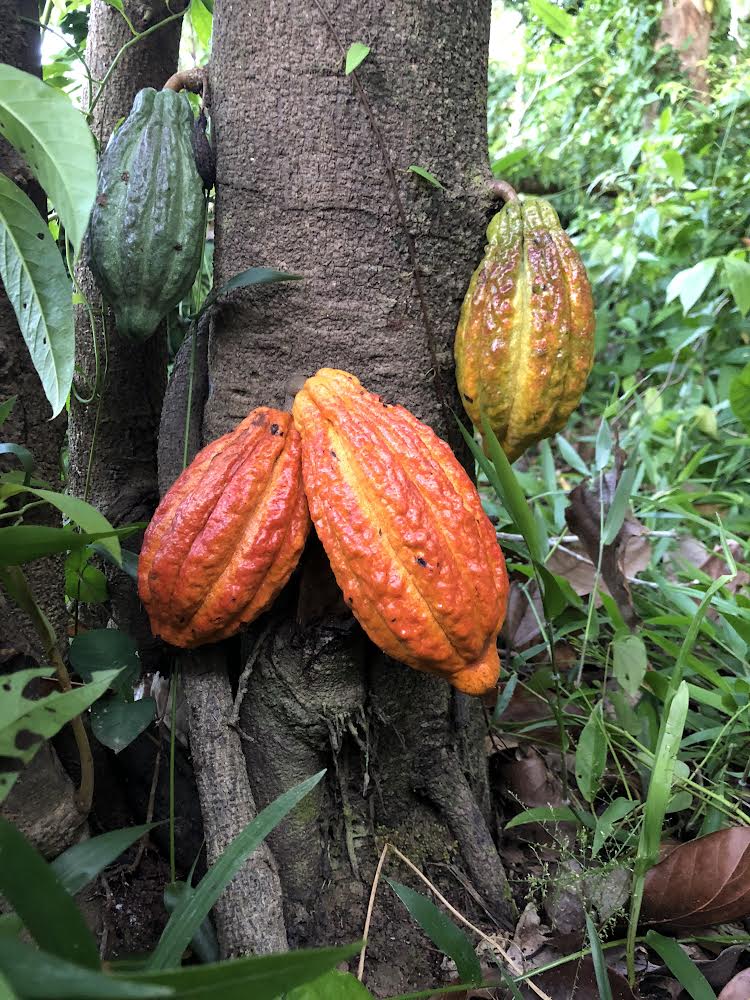Wild cacao denotes any pod from trees that occur spontaneous (without human interference) or subspontaneous (wild cacao trees exploited by man) in the Amazon Forest.
Cacao (Theobroma cacao) is native to the South American Amazon Rainforest. The hypothesized center of its genetic diversity is located in the upper Amazonian regions of Peru, Ecuador, Colombia and Brazil. In this region, a series of major tributaries flow into the Marañón and the Amazon rivers. The cacao trees that spontaneously occur along the floodplains of these rivers define the primordial wild cacao populations.
Some examples of wild cacao are the cacao pods from the Purus, Juruá river valleys in Brazil and Peru in the Upper Amazon, the cacao pods from the Cassiporé, Tocantins and Acará river valleys in the Lower Amazon Basin, as well as, the cacao from the Beni river valley in Bolivia.
Próximamente versión en español


Entry added: June 15, 2023
Verified on: September 14, 2023
Authored by
Luisa Abram, Managing partner at Luisa Abram Chocolates
Chocolate Maker
References
“Origin, Dispersal, and Current Global Distribution of Cacao Genetic Diversity,” Dapeng Zhang and Lambert Motilal, in Cacao Diseases: A History of Old Enemies and New Encounters, Bryan A. Bailey and Lyndel W. Meinhardt, Springer, 2016.
Have a comment on this definition?
